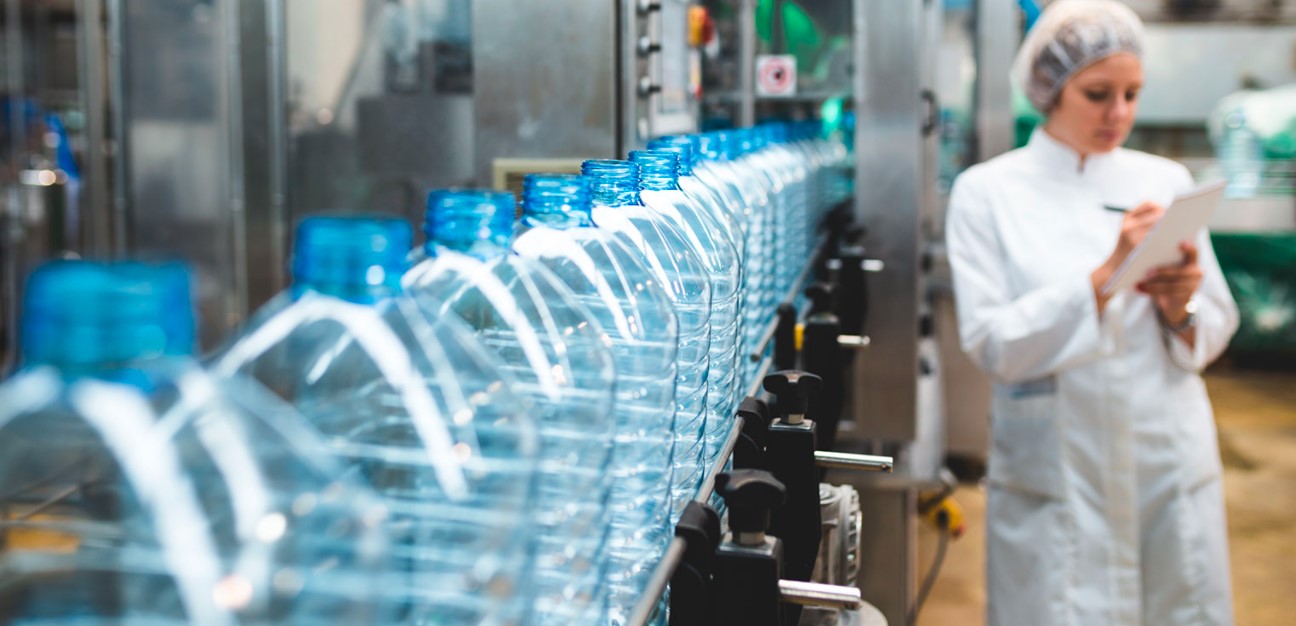Preventive and Periodical Technical Maintenance
Click here to view a video that explains the maintenance of food equipment.
All food equipment needs regular inspection and maintenance, in order to use them in a safe way (for the personnel as well as for the product). For this reason, a maintenance plan is set up together with a technician or the technical service. In this plan two aspects are important:
When machines or apparatus are defective, they should be repaired as soon as possible. Temporary solutions with rope, tape or iron wire is forbidden. They are a source of possible contamination and in a lot of cases, they stay behind for several months. Prevention is better than cure. Therefore, a preventive maintenance plan is necessary. Seals, gaskets, and hoses will usually deteriorate with time, permitting leakage and potential contamination. They should be replaced at regular predetermined times before excessive wear or damage develops.

The Technical Maintenance Should Meet the Hygiene Rules
When maintenance is carried out during production, the technicians need to meet the same requirements for personnel hygiene as the personnel that work in the production unit.
The necessary precautions should be taken to avoid the contamination of the product or packaging material. The equipment should be cleaned and disinfected after the maintenance. It needs to be checked when the maintenance is finished to ensure no foreign objects are left behind.
Proper operation of the equipment is also important. Overloading the capacity of equipment can lead to cracks and fracture stresses. It is probably even more dangerous to exceed the capacity of cooling and heating equipment since this can lead to a temperature of the food in the range for microbial growth. Particular examples of this include overloading cooling systems with hot food and reheating cold foods on electrically heated warming tables in foodservice establishments. In the former, cooling is so slow that spoilage bacteria or pathogens can develop. In the latter, the temperature may never reach the limit, which prevents growth.
Lubricants
Used lubricants for e.g., rotary parts may not be a source of chemical contamination. When a leakage can result in direct contact with the food, food-grade lubricants should be used. A certificate or technical specification has to be kept.
Calibration
All apparatus that are used to support the production process need to be calibrated, in order to assure good and correct functioning. Some examples of apparatus:
- Thermometers (probe, manual thermometer
- Balance
- pH meter
- Water activity meter
During calibration, a comparison is made with the result of a calibrated reference apparatus. The calibration can be done by the quality manager of the company. With this, it is very important that the reference apparatus is also calibrated by an authorized body and that the company has a certificate to prove this. The calibration can also be contracted out to an external organisation/body.
